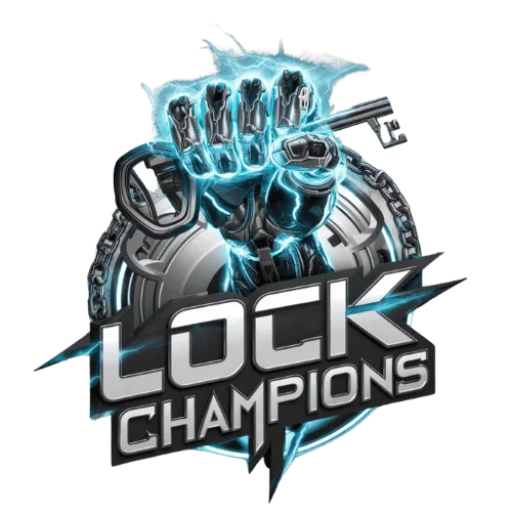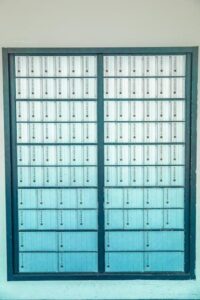In the Land of 10,000 Lakes, where cozy cabins and modern homes alike welcome both residents and nature’s finest, security is more than just a preference-it’s a necessity. As technology evolves, traditional locks are giving way to their high-tech cousins: smart locks. These sleek devices promise keyless convenience, remote access, and a futuristic touch to home security. But with innovation comes questions: Are smart locks truly safe for Minnesota homes? Before you welcome this digital doorkeeper into your abode, it’s worth exploring the advantages and potential pitfalls that accompany these smart security solutions. Let’s unlock the facts and weigh the pros and cons to help Minnesotans make an informed choice.
Table of Contents
- Understanding Smart Lock Technology and Its Security Features
- Evaluating Common Vulnerabilities and Potential Risks in Minnesota Homes
- Benefits of Smart Locks for Convenience and Home Automation
- Challenges of Connectivity and Power Dependency in Smart Lock Systems
- Choosing the Right Smart Lock for Your Minnesota Home Safety Needs
- Q&A
- In Summary

Understanding Smart Lock Technology and Its Security Features
Smart lock technology is redefining how homeowners in Minnesota secure their residences by integrating convenience with advanced security measures. These locks often use Bluetooth, Wi-Fi, or Z-Wave communication protocols to allow users to lock or unlock doors remotely via smartphone apps or voice assistants. Many models incorporate two-factor authentication and encryption to prevent unauthorized access. Additionally, features like temporary access codes and activity logs give homeowners detailed control and oversight of who enters their home and when-a valuable asset for families with frequent guests or service providers.
Despite their innovative design, smart locks do have security considerations. While they provide benefits such as:
- Keyless entry eliminating lost keys
- Real-time notifications for unusual activity
- Integration with broader smart home systems
there is also the potential risk of hacking, battery failure, or software glitches. The table below highlights some common security features alongside potential vulnerabilities to keep in mind:
| Security Feature | Benefit | Potential Risk |
|---|---|---|
| Encryption | Protects data transferred between lock and device | Can be compromised if not regularly updated |
| Two-Factor Authentication | Enhances entry security beyond a single token | May cause lockout if second factor is inaccessible |
| Activity Logs | Monitors access history for peace of mind | Requires secure cloud storage to avoid data breaches |
| Remote Access | Convenience of managing locks from anywhere | Vulnerable to hacking if network is weak |
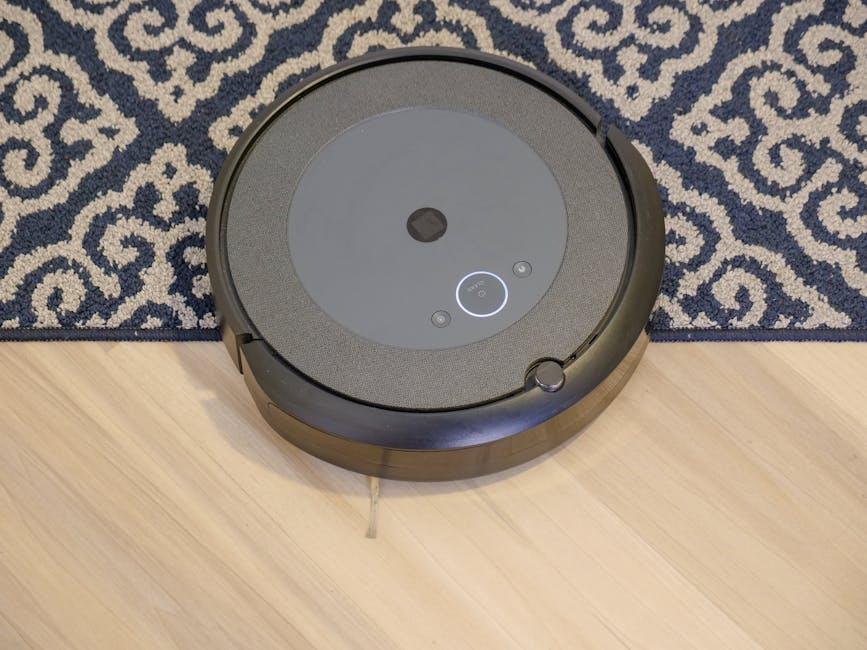
Evaluating Common Vulnerabilities and Potential Risks in Minnesota Homes
Minnesota homes face unique challenges when it comes to security, ranging from harsh weather conditions to urban crime rates. Traditional locks, while familiar, have their share of vulnerabilities such as lock picking, key duplication, and worn-out mechanical components that degrade over time. Additionally, many homes are susceptible to risks like lost keys or hidden spare keys being discovered by intruders. While conventional security measures have served well, they may not effectively address modern threats and the convenience demands of homeowners in the digital age.
Smart locks, while technologically advanced, introduce a complex risk profile. Cybersecurity threats like hacking or signal jamming can potentially compromise access, especially if the device firmware is not regularly updated. At the same time, power outages or dead batteries might lock homeowners out temporarily. However, they also come equipped with features such as:
- Remote access control via smartphones
- Temporary digital keys for guests
- Automatic locking and unlocking based on proximity
- Activity logs to monitor entry and exit times
| Vulnerability | Traditional Locks | Smart Locks |
|---|---|---|
| Physical Break-in | Moderate risk due to pickable mechanisms | Low risk with encrypted digital access |
| Key Loss | High risk – easy to duplicate | Low risk – digital keys can be revoked instantly |
| Power Outage | None | Potential lockout without backup power |
| Cyber Attacks | None | Possible if security patches are ignored |

Benefits of Smart Locks for Convenience and Home Automation
Embracing smart locks transforms daily routines by eliminating the need for physical keys, offering homeowners unmatched ease and flexibility. Imagine unlocking your door with a simple tap on your smartphone or granting temporary access to guests remotely-no more hiding spare keys under mats or worrying about lost keys. Integration with voice assistants and home automation systems means your lock can coordinate seamlessly with lighting, alarms, and thermostats, creating a cohesive smart environment tailored to your lifestyle.
Aside from convenience, these devices enhance management through features such as:
- Customizable access schedules for family, friends, or service providers
- Real-time notifications to alert you when someone enters or leaves
- Activity logs that monitor and record entry history
- Compatibility with other smart home products for central control
| Feature | Benefit |
|---|---|
| Remote Locking | Lock/unlock doors from anywhere |
| Temporary Codes | Grant limited-time access |
| Voice Control | Hands-free operation |
| Activity Monitoring | Track entries and exits |
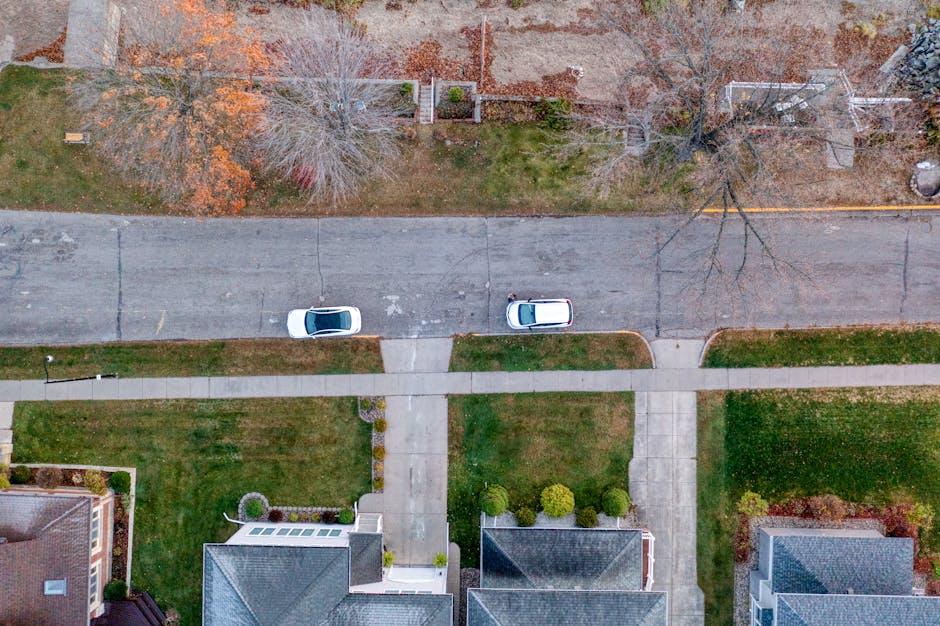
Challenges of Connectivity and Power Dependency in Smart Lock Systems
Smart locks, while innovative, rely heavily on wireless connectivity, which can be a double-edged sword for homeowners. In Minnesota, where weather conditions vary dramatically across seasons, signal disruptions caused by dense snowfalls or ice accumulation may interfere with the lock’s responsiveness. This connectivity dependency means that even a brief internet or Bluetooth interruption can leave you temporarily locked out or unable to grant access remotely. Homeowners should consider whether their homes have strong and consistent network coverage, especially in remote or older neighborhoods with limited infrastructure.
Another critical factor is the power source that drives smart locks. Most systems operate on batteries, and their lifespan can be shorter than expected in colder climates common in Minnesota. A depleted battery right when entry is needed can cause inconvenience or require emergency solutions. Here’s a quick comparison of typical power sources and their pros and cons:
| Power Source | Advantages | Drawbacks |
|---|---|---|
| Battery | Easy to replace, no wiring | Shorter life in cold climate, risk of unexpected failure |
| Hardwired | Reliable, no battery change needed | Requires professional installation, vulnerable during outages |
| Solar (Emerging options) | Eco-friendly, low maintenance | Dependent on sunlight, less common |
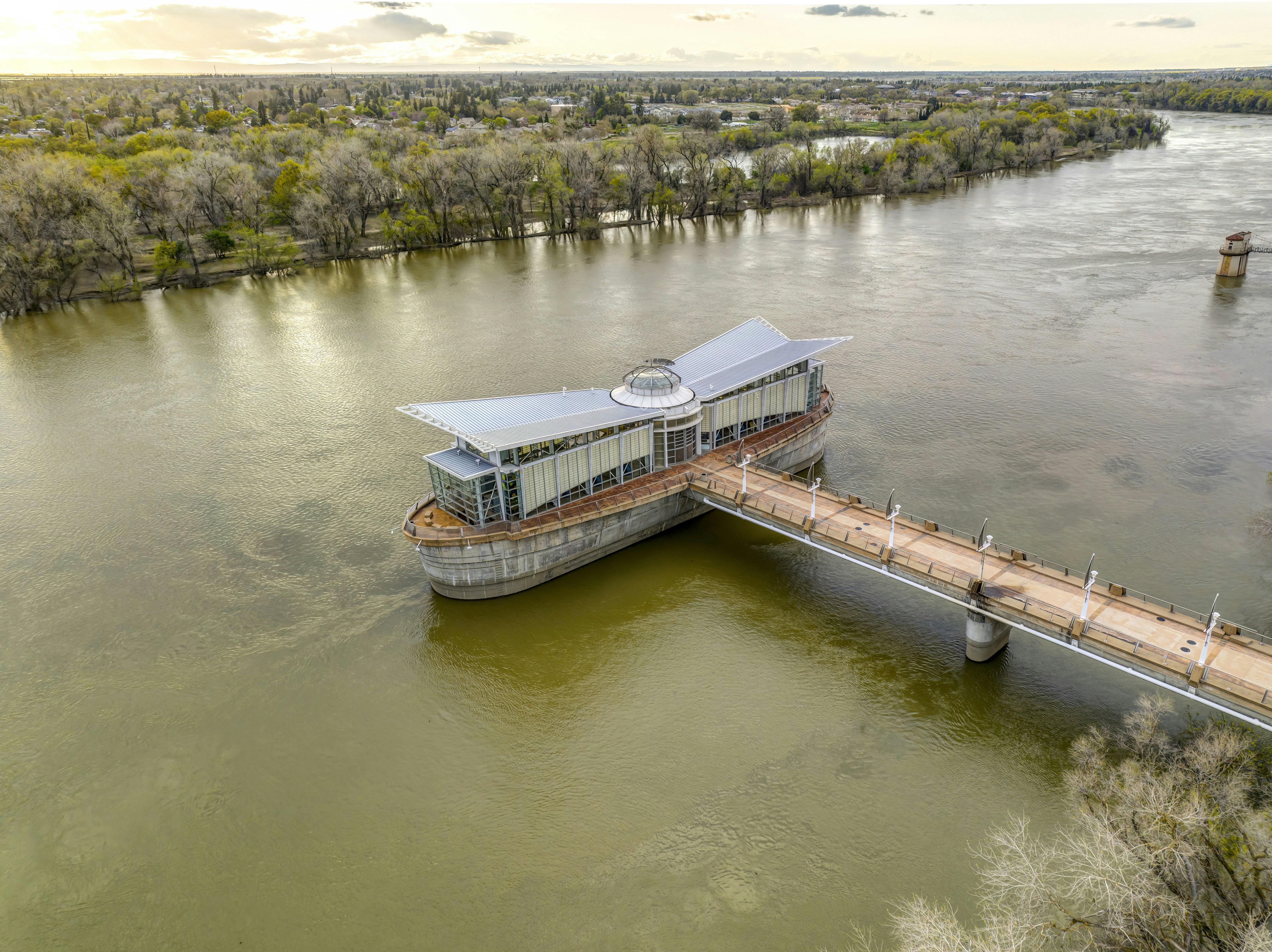
Choosing the Right Smart Lock for Your Minnesota Home Safety Needs
Finding the perfect smart lock for your Minnesota residence requires balancing modern technology with local climate considerations and security preferences. Durability in extreme weather is crucial since freezing winters and humid summers can challenge electronic components. Look for locks with weatherproof certifications and robust materials like stainless steel or reinforced alloys to ensure longevity. Additionally, choosing models that offer multiple access options-such as keypad entry, biometric scans, or smartphone control-can enhance convenience and tailor safety to your household’s needs.
Ease of integration with existing home security systems and Wi-Fi networks should also influence your decision, as seamless connectivity brings timely alerts and remote access while minimizing technical hassles. Consider the following key features to narrow down your choices:
- Battery life and backup options for power outages common in the region.
- Encryption standards ensuring data and access security.
- Installation flexibility to fit different door types and retrofit older homes.
- User management capabilities for family members or trusted service providers.
| Feature | Ideal for Minnesota Homes |
|---|---|
| Weather Resistance | IP65 or above rating for moisture & dust protection |
| Power Source | Long-lasting batteries + emergency mechanical key |
| Connectivity | Wi-Fi & Bluetooth for remote control and alerts |
| Security Protocols | AES 128-bit or higher encryption |
Q&A
Q&A: Are Smart Locks Safe? Pros and Cons for Minnesota Homes
Q1: What exactly is a smart lock, and how does it work?
A1: A smart lock is an electronic device that replaces or supplements a traditional door lock, allowing homeowners to lock and unlock their doors using a smartphone app, keypad, fingerprint scanner, or even voice commands. These locks often connect to your home’s Wi-Fi or Bluetooth, providing remote access and convenience.
Q2: Are smart locks safe to use in Minnesota’s harsh weather?
A2: Many smart locks on the market are designed to withstand extreme weather conditions, including Minnesota’s biting cold and humid summers. Look for locks that are rated for outdoor use and have features like weatherproof casings to ensure reliable performance year-round.
Q3: What are the key advantages of installing smart locks in a Minnesota home?
A3: Smart locks offer several benefits:
- Remote Access: Letting you lock or unlock your door from anywhere – great for letting in a plumber on a snowy day without leaving your warm home.
- Keyless Convenience: No more fumbling for keys after shoveling the driveway.
- Temporary Access: Easily grant guests or workers entry without handing out physical keys.
- Activity Logs: Some models keep a record of who enters and when, boosting security awareness.
Q4: What are the potential security risks associated with smart locks?
A4: While smart locks enhance accessibility, they can be vulnerable to hacking, software glitches, or signal interference. If your Wi-Fi network isn’t secure, unauthorized users might gain entry digitally. Battery failures can also pose issues if not monitored.
Q5: How can Minnesota homeowners mitigate the risks of using smart locks?
A5: To enhance safety, consider these precautions:
- Choose a reputable brand with strong encryption.
- Regularly update the lock’s firmware and your home Wi-Fi password.
- Pair smart locks with traditional deadbolts as a backup.
- Monitor battery levels frequently, especially before winter or vacations.
Q6: Do smart locks improve home security overall?
A6: Smart locks can improve security by providing activity logs and customizable access, but they should not be the sole security measure. Combining smart locks with alarms, cameras, and good physical security creates a more robust defense against intruders.
Q7: Are smart locks a good investment for Minnesota homeowners?
A7: If convenience and flexibility are priorities, smart locks are a worthy addition. However, understanding their limitations and maintaining good cybersecurity hygiene is crucial. For many Minnesota residents, they balance modern tech advantages with practical home security.
Q8: What should buyers look for when choosing a smart lock in Minnesota?
A8: Look for locks with:
- Weather resistance certified for harsh climates.
- Multiple authentication methods (PIN, app, fingerprint).
- Strong encryption standards.
- Backup mechanical keys or manual override options.
- Positive reviews from users in similar climates.
Q9: How do smart locks handle power outages or dead batteries?
A9: Most smart locks have backup options such as physical keys or external battery ports. It’s important for Minnesota users to check these features, especially in winter when power outages are more common, ensuring you won’t get locked out unexpectedly.
Q10: In summary, are smart locks safe for Minnesota homes?
A10: Yes, smart locks can be safe and practical for Minnesota homes when chosen and used thoughtfully. They offer convenience and enhanced control but require ongoing maintenance, security awareness, and complementary traditional security measures to maximize safety.
In Summary
As we wrap up our exploration of smart locks for Minnesota homes, it’s clear that technology offers both promising security and new challenges. These digital guardians bring convenience, remote access, and modern flair, yet they demand thoughtful consideration of privacy and potential vulnerabilities. Whether you’re a tech enthusiast eager to upgrade or a cautious homeowner weighing risks, understanding the pros and cons is key to making the right choice for your sanctuary. In the end, a smart lock isn’t just about what it can do-it’s about how well it fits into your lifestyle and keeps your home truly secure, rain or shine across the North Star State.
